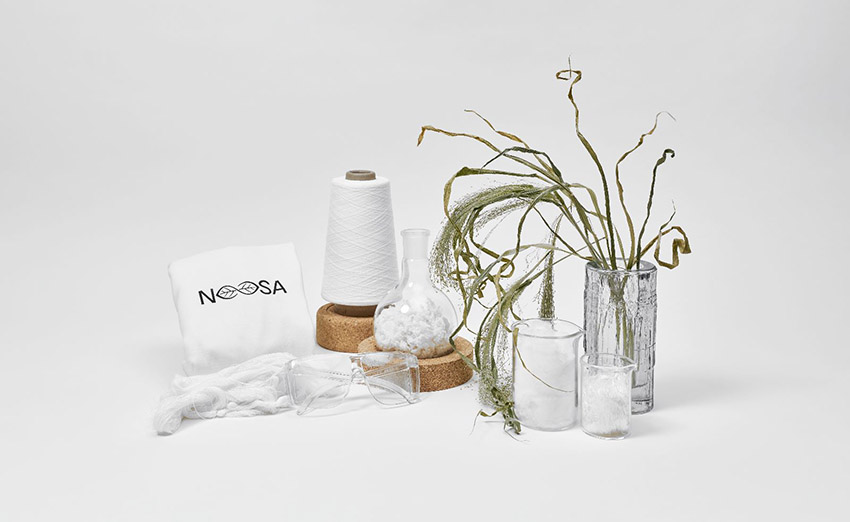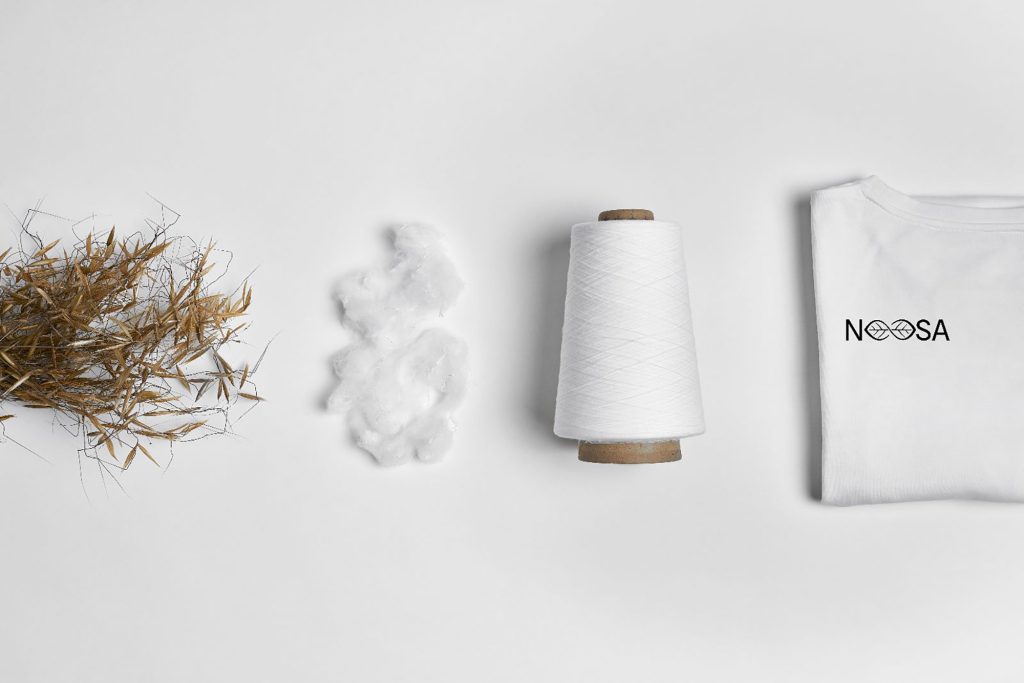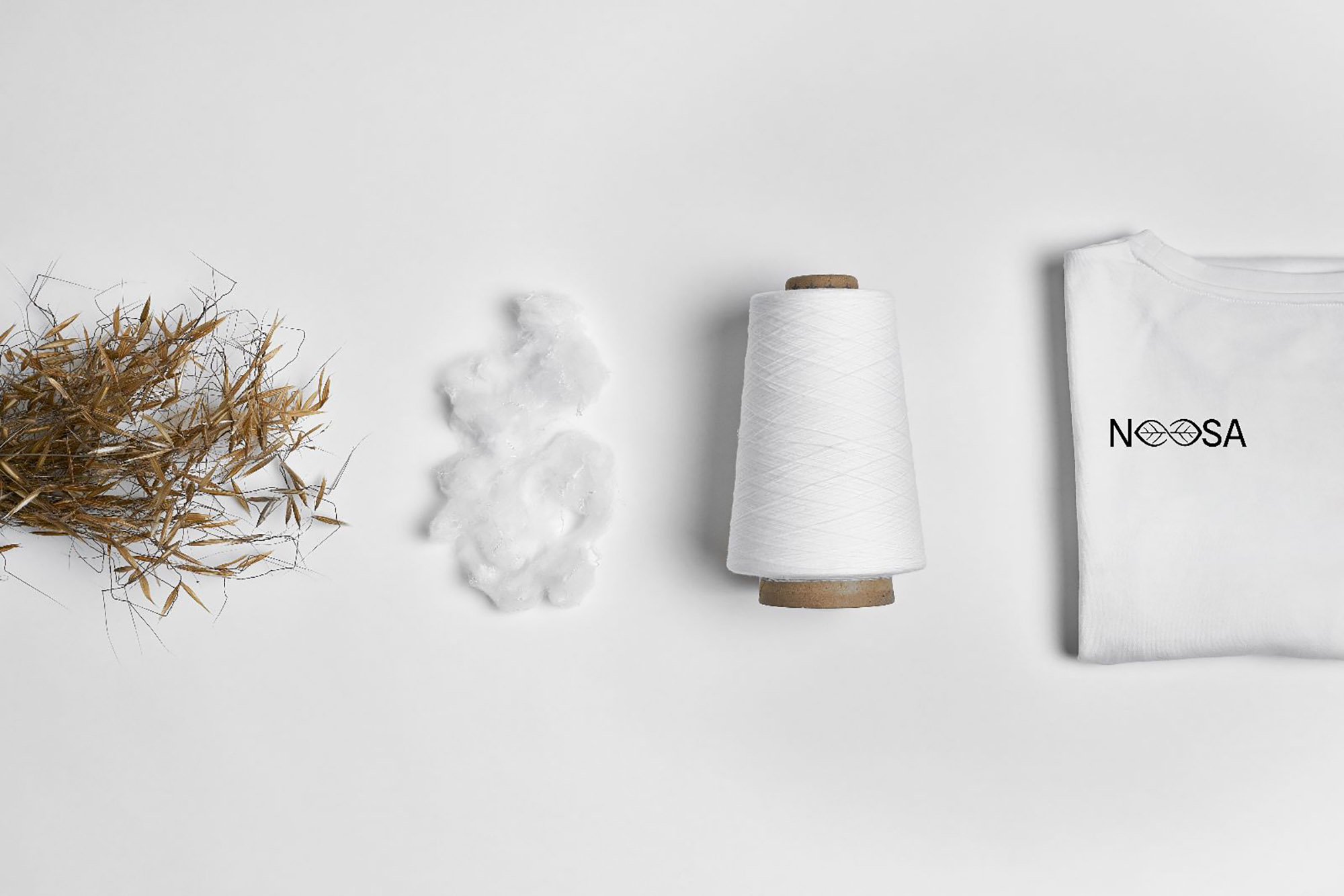NOOSA™ provides a bio-based textile fiber, which can be 100% recycled, and this endlessly. The company is a Belgian based start-up founded in 2019, with headquarters located in Brussels, where they also house the R&D laboratory and recycling facilities.
Interview with Luna ASLAN, Co-Founder & Project Manager at NOOSA.
Easy Engineering: What are the main areas of activity of the company?
Luna ASLAN: NOOSA™ focuses on two primary areas of activity: the production of a bio-based textile fiber and its recycling.
After production, we supply our bio-based fiber and yarn to brands and manufacturers, who use them in a wide range of end-products. However, our commitment doesn’t end there. Through our NOOCYCLE™ recycling program, we also take full responsibility for the end-of-life phase by extruding our NOOSA™ fiber and recycling it back into a virgin-quality fiber. This approach promotes a circular economy, where materials are reused, and waste is minimized.
E.E: What’s the news about new products?
L.A: We are actively engaged in both innovations to improve our existing products and the development of new offerings. Moreover, we have established new partnerships with brands and manufacturers, both within Europe and internationally. While we can’t disclose all the details just yet, we are excited about the progress we’re making.

E.E: What are the ranges of products?
L.A: NOOSA™ offers three different products to customers: stable fiber, spun yarn, and multifilament yarn. Those three products are declined in different counts for a wide range of applications and can be transformed following the standard processes established in the industry. For specific products we can put our customers directly in contact with our manufacturing partners. Additionally, we recently launched a new product: the NOOSA™ T-Shirt, made from a blend of 65% NOOSA™ fiber and 35% cotton.
E.E: At what stage is the market where you are currently active?
L.A: The textile industry is increasingly shifting away from petrochemicals due to environmental concerns. Materials like polyester and nylon, which are derived from non-renewable fossil fuels, have a considerable carbon footprint. This has led to a rising demand for more sustainable alternatives. However, the market for these alternatives is emerging, making consumer education crucial. That’s why at NOOSA™, educating our customers plays a vital role in our mission. The transition might require time, considering the industry’s long-lasting reliance on petrochemicals. However, as environmental awareness rises, along with the implementation of regulatory measures like the European Green Deal promoting circularity, the transition is no longer an option but a necessity.
E.E: What can you tell us about market trends?
L.A: There is a growing focus on circularity, which is closely aligned with the European Union’s vision of achieving “Sustainable and Circular Textiles by 2030.” It has become a key theme in current market trends, as it aims to tackle the pressing issue of textile waste. Additionally, stakeholders are placing greater emphasis on responsible sourcing, promoting transparent supply chains, and advocating for fair labor conditions.
E.E: What are the most innovative products marketed?
L.A: Products that are specifically designed to address existing problems while prioritizing performance and minimizing their impact on the planet. These types of products are carefully eco-designed to ensure long-lasting durability and effective end-of-life material revalorization.

E.E: What estimations do you have for 2023?
L.A: The drive towards sustainability will undoubtedly continue, gaining even more importance as a must-follow direction. As a result, the demand for sustainable alternatives will further increase, leading to more companies entering the market with more sustainable solutions.
More specifically, we expect recycled and recyclable materials to gain greater significance, potentially becoming more prominent compared to compostability and biodegradability. This is influenced by the recognition that the collection of feedstock represents the most polluting stage. Embracing a circular approach, by keeping materials in the loop, offers a promising solution to minimize environmental impact.

